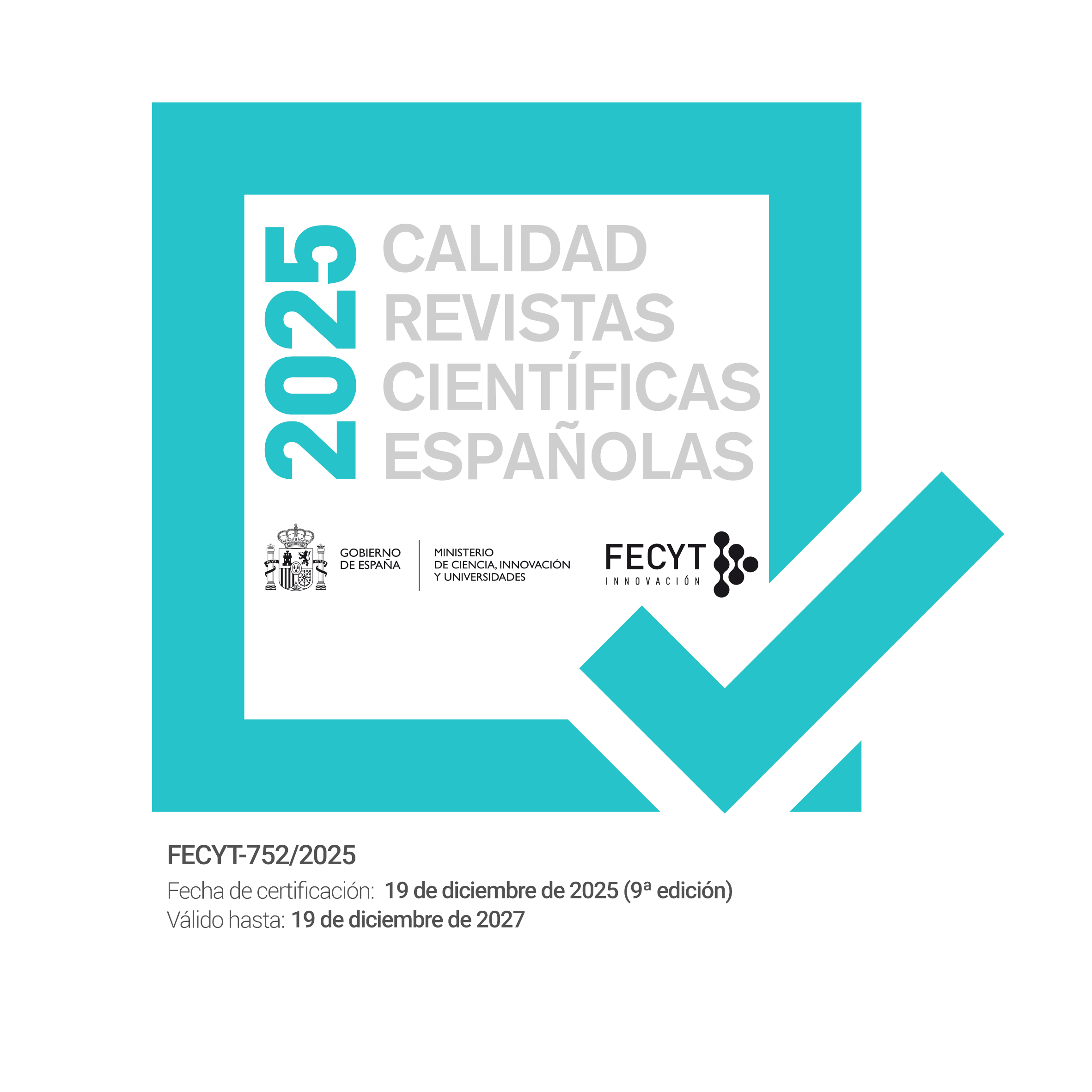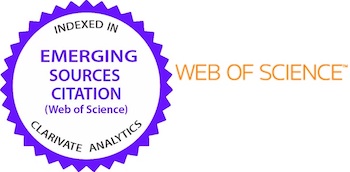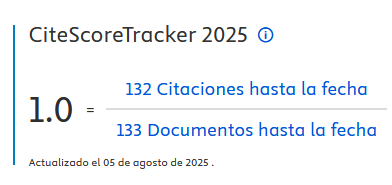Dynamics of the process in integrating humanistic psychotherapy
DOI:
https://doi.org/10.33898/rdp.v28i108.201Keywords:
Psicoterapia Integradora Humanista, proceso terapéutico, método, psicoterapias experiencial-humanistasAbstract
The article presents the treatment that gives to the therapeutic process the humanist integrative psychotherapy. Uniting and ordering different contributions made in different models of this stream; aims to show a structured and consistent way to address the issue; in which the context link that gives therapy and different interventions within the same; respond to principles supported and integrated; so allow a harmonious psychotherapeutic flow. So; collect contributions; rogerianas; postrogerianas; existential; gestalt and analitic-transactionals; both on the therapeutic relationship scripts that propose different approaches to the treatment of the problem object of psychotherapy. The article warns that; as usual in court experiencial-humanistic therapies; corresponds to the psychotherapist choose work that consider more operational; from an idiosyncratic view of therapy; from among the many available. It ends with a synthetic graph encompassing the whole of the process.Downloads
References
Allen J.R. y Allen B. (2007). Guiones: el papel del permiso. En En M.G. Friedlander (Ed.), Artículos seleccionadosde Análisis Transaccional. Del Transactional Analysis Journal 1971-1980 (pp. 111-114). Madrid: EditorialCCS (Traducción del original en inglés de 1991).
Ambrosi, J. (1984). La Gestaltthérapie revisitée. Toulouse, Francia: Privat.
Atkinson, J.W. (1957). Motivation determinants of risk-taking behavior. Psychological Rewiew, 64, 359-372.
Beck, A. (1990). Con el amor no basta. Cómo superar malentendidos, resolver conflictos y enfrentarse a losproblemas de pareja. Barcelona, España: Paidós.
Beitman, B.D., Goldfried, M.R. y Norcross, J.C. (1989). The movement toward integrating the psychotherapies:An overview. American Journal of Psychiatry 146(2), 138-147.
Berne, E. (1974). ¿Qué dice usted después de decir “hola”? Barcelona: Grijalbo (Traducción del original en inglésde 1973).
Cozolino, L. (2010). The Neuroscience of Psychotherapy: Building and Rebuilding the Human Brain. Londres,Reino Unido: Norton.
Csikszentmihalyi, M. (2017). Fluir (Flow). Madrid: Ed. Debolsillo (Traducción del original en inglés de 1996).
Egan, G. (1986). The Skilled Helper. Monterrey, CA: Brooks Cole.
Erskine, R.G. (2007). Seis etapas de tratamiento. En M.G. Friedlander (Ed.), Artículos seleccionados de AnálisisTransaccional. Del Transactional Analysis Journal 1971-1980 (pp. 139-142). Madrid, España: CCS(Traducción del original en inglés de 1991).
Fagan, J. (2003). Las tareas del terapeuta. En J. Fagan e I. Shepherd (Eds.), Teoría y técnica de la psicoterapiaguestáltica, (pp. 93-111).Santiago de Chile, Chile: Amorrortu (Traducción del original en inglés de 1970).
Fernández-Puig, V., Farriols, N. y Segura, J. (2017).Aportaciones de las neurociencias a la comprensión de laexperiencia psicoterapéutica humanista. Revista de Psicoterapia, 28(107), 127-141. Recuperado de:http://revistadepsicoterapia.com/rp107-09.html
Ferrucci, P. (1987). Psicosíntesis. Málaga: Sirio (Traducción del original en inglés de1982).
Fiedler, F.E. (1950). A comparison of therapeutic relationships in psychoanalitic, non-directive and Adleriantherapy. Journal of Consulting Psychology 14, 436-445.
Frank, J.D. (1961). Persuasion and healing. Baltimore, MD: John Hopkins University Press.
Frank, J.D. (1979). The present status of outcome research. Journal of Consulting and Clinical Psychology 47, 310-316.
Fromm, E. (1969). Etica y Psicoanálisis. México: F.C.E., (6ª reimpresión).
Gendlin, E. (1988). Focusing. Bilbao, España: Mensajero (Traducción del original en inglés de 1981).
Gimeno-Bayón, A. (2007a). Focusing y la toma de decisiones. En C. Alemany (Ed.) Manual práctico del Focusingde Gendlin (pp. 129-166). Bilbao, España: Desclée de Brouwer.
Gimeno-Bayón, A. (2007b). Intervencions psicològiques en el jove adult. En G. Feixas (Coord.). Teràpiespsicològiques (pp. 147-192). Barcelona, España: UOC.
Gimeno-Bayón, A. (2014). Psicopatología y Psicoterapia de la fase de valoración ética. Revista de Psicoterapia,97, 43-78. Recuperado de: http://revistadepsicoterapia.com/psicopatologia-y-psicoterapia-valoracion-etica.html
Gimeno-Bayón, A. (2015, noviembre). Experiencia y Existencia en las Psicoterapias Humanistas. Ponenciapresentada en el I Congreso Internacional de Psicología y Psicoterapias Humanistas, celebrado enBarcelona, España.
Gimeno-Bayón, A. y Rosal, R. (2016). Psicoterapia Integradora Humanista. Manual para el tratamiento de 33problemas psicosensoriales, cognitivos y emocionales (2ª ed.). Bilbao, España: DDB.
Gimeno-Bayón, A. y Rosal, R. (2017). Manual práctico de Psicoterapia Integradora Humanista. Tratamiento de69 problemas en los procesos de valoración, decisión y práxicos. Bilbao, España: DDB.
Goldman, R.N., Greenberg, L.S. y Caro, C. (2016). Formulación de caso en terapia focalizada en la emoción: deltrabajo con marcadores y la facilitación del proceso, a la co-creación de un foco terapéutico. Revista dePsicoterapia, 27(104),23-45. Recuperado de: http://revistadepsicoterapia.com/rp104-03.html
Goulding, M. (1980). Dictateurs, empereurs et piétaille: une définition de la guérison. Actualités en AnalyseTransactionelle, 4(16), 179-180.
Greenberg, L.S. (1992). Analysis of therapeutic events. III International Conference on Constructivism inPsychotherapy, celebrado en Barcelona, España, durante el mes de septiembre.
Greenberg, L.S. (2009). Emotion-Focused Therapy. APA.Guidano, V.F. (2013). La psicoterapia entre arte y ciencia. Revista de Psicoterapia, 24(94/96), 11-235. Recuperadode: http://revistadepsicoterapia.com/revistas/psicoterapia-arte-ciencia.html
Guilligan, C. (1982). In a different voice.Psychological theory and women’s development. Cambridge, MA:Harvard University Press.
Guistolise, P.G. (2016). Los fallos en la relación terapéutica, ¿inevitables y necesarios? Revista de Psicoterapia,105(26), 51-58. Recuperado de: http://revistadepsicoterapia.com/rp105-05.html
Hellín Rodríguez, M.G. (2007). Motivación, autoconcepto físico, disciplina y orientación disposicional enestudiantes de educación física. (Tesis doctoral). Recuperado de:http://www.cafyd.com/REVISTA/ojs/index.php/bbddcafyd/article/view/164/102.
Holloway, W. (1980). Guérir: mirage et réalité. Actualités en Analyse Transactionelle, 4(16), 176-178.
James10, J. (1981). Técnicas de Grupo con Análisis Transaccional. Taller vivencial dictado en Barcelona, España.
Köhlberg, L. (1982). Los estados morales y la moralización: el enfoque cognitivo-evolutivo. Infancia y aprendi-zaje, 18, 33-52.Lambert, M. J. (1992). Implications of psychotherapy outcome research for eclectic and integrative psychotherapies.En J. C. Norcross y M. V. Goldfried (Eds.), Handbook of Psychotherapy Integration. Nueva York: BasicBooks.
Lambert, M. J. y Bergin, A. E. (1994). The effectiveness of psychotherapy. En A.E. Bergin y S.L. Garfield (Eds.),Handbook of psychotherapy and behavior, (pp. 143- 189). Nueva York: Wiley change (4ª ed.).
Levitsky, A. y Perls, F. (2003). Las reglas y juegos de la terapia gestáltica. En J. Fagan y I. Shepherd (Eds.): Teoríay técnica de la psicoterapia guestáltica, (pp. 144-152). Santiago de Chile: Amorrortu (Traducción deloriginan el inglés de 1970).
Lowen, A. (1977). Bioenergética. México: Diana (Traducción del original en inglés de 1975).May, R. (1959). The nature of creativity. En H.H. Anderson (Ed.), Creativity and its cultivation (pp. 55-68). NuevaYork: Harper y Row.
Paul, G.L. (1967). Strategy of outcome research in psychotherapy. Journal of Consulting Psychology 31, 109-118.
Perls, F. (1974). Sueños y existencia. Santiago de Chile, Chile: Cuatro Vientos (Traducción del original en inglésde 1969).
Rogers, C.R. (1957). The necessary and sufficient conditions of therapeutic personality change. Journal ofConsulting Psychology 21, 95-103.
Rosal, R. y Gimeno-Bayón, A. (2013). Cuestiones de Psicología y Psicoterapias Humanistas. Lérida, España:Milenio.
Rosenzweig, S. (1954). Some implicit common factors in diverse methods in psychotherapy. American Journalof Ortopsychiatry 6, 412-415.
Rychlak, J.F. (1988). Personalidad y Psicoterapia. Una aproximación a la construcción teórica. México: Trillas(Traducción del original en inglés de 1981).
Tudor, K. (1997). Que dites-vous au momento de dire au revoir? La fin de la psychothérapie. Actualités en AnalyseTransactionelle, 21(82), 47-53 (Traducción del original en inglés de 1995).
Ware, P. (1983). Types de personnalités et pla2n thérapeutique. Actualités en Analyse Transactionelle, 7(28), 156-165 (Traducción del original en inglés de 1983)
Downloads
Published
How to Cite
Issue
Section
License
Authors who publish in this journal accept the following conditions:
-
Authors retain copyright and grant the journal the right of first publication, with the work registered under the Creative Commons CC-BY-NC 4.0 International license. This license allows third parties to cite the text and use it without alteration and for non-commercial purposes, provided they credit the authorship of the work and its first publication in this journal.
-
Authors may enter into other independent and additional contractual agreements for the non-exclusive distribution of the version of the article published in this journal (e.g., including it in an institutional repository or publishing it in a book), provided they clearly indicate that the work was first published in this journal.
-
The views expressed in the articles are solely the responsibility of the authors and in no case do they reflect the opinions or scientific policies of the journal.















